A Spectrum Of Lights: A Riding Gravel Round-Up – by Grannygear
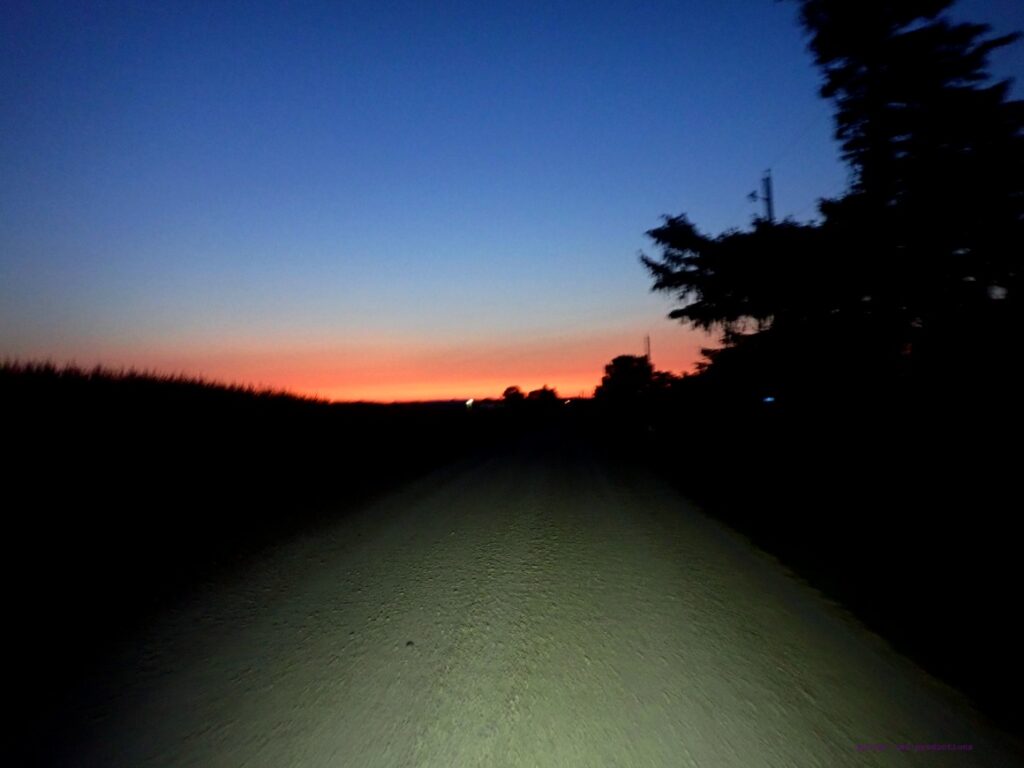
Losing daylight: A Riding Gravel Round-Up of all in one lighting solutions for gravel riding. (Part 1)
It’s almost Fall. Of course in So Cal that does not mean much except that the days get shorter and it is not 105 degrees. No leaves will fall as they have all died of drought and have already fallen or they have burned up in some forest fire.
But it does mean we end up riding in darkness at some point. It’s either that or we don’t ride at all. Thankfully there are lights. And really good ones too.
LED lighting for bike riding has ushered in an era where we can have as much light as we need. My buddy is running a set of lights off of Amazon that has more advertised output than an auto headlight. And even if the advertised light output is less than stated, they are seriously bright. Crazy bright, even.
And the cost for all this portable daylight? Much less than you would expect. In fact, thanks to China and places like Ebay, Amazon, and Ali Express, the cost of a bright LED light for cycling has dropped a great deal. But are they any good?
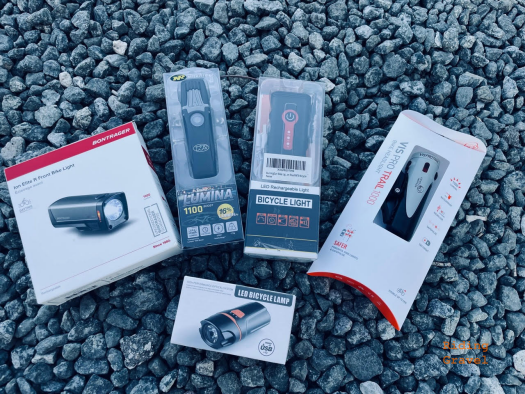
So I assembled a few lights in order to see how a couple of samples of popular lights from China-to-you via Amazon might stack up against established brands; companies that have been around for a while with names you would know. Because often the price of the product is the final determining factor in a purchase, even if the results are more of a gamble.
In this comparison three of the lights I have are from established, main brands. Two are Amazon specials. All are rated as being approximately the same lumen output. All are what you would call an all-in-one format, meaning they have an internal battery and the entire light is self contained.
Three are approximately the same price (the three from the main companies) and the other two are less in cost, one of those being lesser still. Amazon strikes again.
I am not sure how picky some folks are about their lights. I ride with a good buddy that has a set of lights off of Amazon (not the super bright ones I mentioned) that I would not use. The color of the light is very blue/white, there are artifacts in the beam pattern, and while they are bright, they also make me rotate through all the modes to get back to High once you leave the brightest setting. But they were inexpensive to buy and that was his number one priority.
So, along those lines, let’s get a few things established as far as my expectations and what matters most to me in a light.
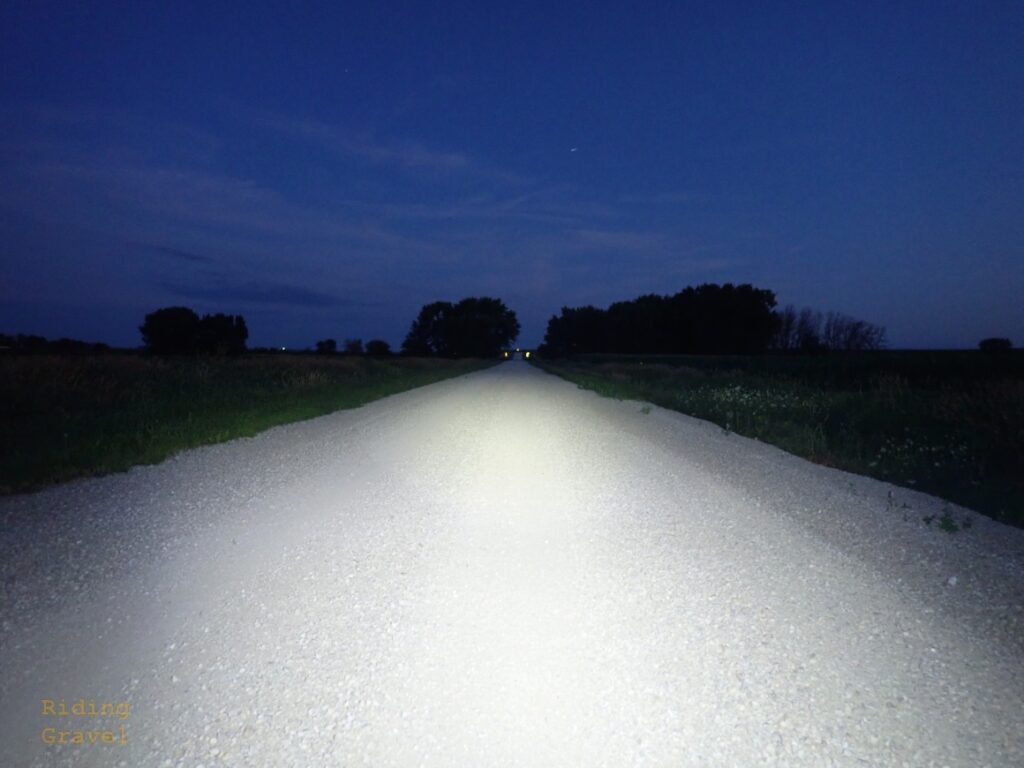
The correct beam pattern for the application: What works for MTB riding is not the best for, say, road riding. The amount of effective light intensity really lives hand in hand with the way it is collected and shot out into the night. A 10,000L light with no ability to focus that light into a coordinated collection of accelerated protons (no idea if that makes sense science wise, but it sounds cool) will be really bright in all directions but slightly useless as a light to ride with at night. Whether it uses an optic or a reflector to focus the light from the diode, the way it does that will often determine how well it works or does not work. Gravel riding kind of lives in the middle of pure road riding and MTB riding. And since gravel riding is a lot of things to a lot of people, you need to take into account how you approach gravel in your area and what kind of light pattern would be best.
Enough light intensity: For me, it needs to be bright enough to make riding at higher speeds doable, say approaching 30mph. Under 1000 lumens is usually not enough at these speeds. How much light ‘reach’ you need does depend on your riding conditions. If you are on flatter terrain and your normal speeds are sub-20mph or your trail conditions are very non-technical, then you can get away with less. On the other hand, I do not need a 2500L light for gravel rides. MTB? Sure.
Speaking of ‘brightness’, that is expressed in a couple of ways. In the old days the brightness of a lamp bulb was called out in Watts. A 100w bulb was brighter than a 40w bulb. But LEDs are rated in Lumens (L), not watts.
lu·men1/ˈlo͞omən/
nounPHYSICSplural noun: lumens
- the SI unit of luminous flux, equal to the amount of light emitted per second in a unit solid angle of one steradian from a uniform source of one candela.
Whaaaaa???? [blank stare accompanied by an open mouth and slight drooling] Yeah. What he said. Now that does not mean much to me (actually it’s less than ‘much’) and in any case, the lumen rating of a light is seriously sketchy. It is really common to see advertised high lumen numbers from cheap lights that simply are either theoretical/calculated or are just made up from whole cloth. I suspect that the numbers from a main company like the three lights I have are reliable. But who knows? It’s not like I can measure it at home.
Also, there is Lux as a unit of measure which seems to be more about the amount of measured light as taken from a fixed distance from the LED device. That actually is more valuable, or so it would seem to me, as it takes into account the beam pattern of the light. In any case, you will pretty much always see LED lights rated in Lumens. The bigger the Lumen number the brighter the light.
There is light ‘color’ for an LED: As in the ‘temperature’ of the LED. That can matter to some. It does to me. That is rated in Kelvin (K). I will talk more about that later on in the testing, but the higher numbers like 5000K will give off a blue/white light and the warmer colors will be in the 2500K range. Warmer is more like natural light or the way a light bulb looked. Warmer is nice on the eyes off road but on the flip side, it tends to disappear on busy city roads. It’s a preference thing mostly, but there is some function to consider with this as well.
A livable UI (User Interface): UI is the way the light interfaces with the user (you). Some UIs suck. If I have to rotate through 6 levels of steady light and three flashy modes to get back to High beam….ah…no! That is unacceptable for the way I use a light. Frankly I cannot imagine why in this day and age that every light at some early price point does not have an app to configure light settings the way you want them. I bet it is nearly pennies to build this into a light but if it is dollars it is still worth paying for. I remember a light designer/builder telling me what that would cost to add that to a light. It was not much.
Be that as it may, the UI is the number one issue I have with most lights.
A good button: Can I operate the light at night…while riding…with gloves on…?
Good run times: If I cannot go for a two hour ride with a decent amount of that riding time on high/medium light levels and still have some run time left in the battery…not good. Obviously, well, maybe it’s not that obvious, but the harder you ‘drive’ an LED the higher the current to the LED and the more draw on the battery. The higher draw on the battery means it runs out of free electrons more rapidly and you get the flashing red status light of impending doom before your ride is done. This is one place where running a two piece light with an external battery pack is superior to an all-in-one light like I have here. For longer rides at higher speeds (or at higher light levels), scaling up the battery pack allows for huge run times. Still not enough you say? After that you need a generator hub to keep going for those all night and all day events.
Obviously the light needs to be built well enough to survive. The mount needs to hold the light securely and be easy to use. It needs to resist water. This is basic stuff and just goes without saying. But I said it anyway. The days of rubber o-rings around the bars should be behind us.
I have to admit to being a bit of a light nerd. When LED lights for cycling first came into the market I had been night riding for years with ‘analog’ lamp (light bulb) based lights. The new LEDs were lighter and very bright. But they were darn expensive. A good LED light was several hundred bucks. Ouch!
So I built my own. Actually I built a few. And I learned about drivers and LEDs and Kelvin and parallel and series parallel and heat sinks and Lumens and optics and reflectors. The last light I built is still my favorite of all time, even though I have not used it in years. It had a fabulous UI that I could custom configure. I had three light settings: High, Medium, and force to Low with a 2 second button push. No flash settings. This was MTB riding on trails, not commuting.
It was around 1000L which at the time was a lot. Now, not so much, but with the lenses I chose, combining a spot lens with a flood lens. it had an amazingly even, decently far reaching beam of light. I loved that light, even if it was made from box aluminum tubing and cut with a hacksaw.
So all that to say I am spoiled. I want it my way because, at one point, I did have it my way. Spoiled, I am. And that experience colors my expectations when I use a ready made light.
I also plan on using these samples with an eye to the way I typically ride. I do a lot of road riding to get to the dirt roads around me. Speeds can be high. I can easily get to 40mph on some of my road rides, and even on the dirt 25mph is common. So that means I need to have a pretty efficient light beam and I will trade off some floody width in the light pattern for a bit of distance. That is the opposite of MTB riding where wide is really nice and distance is less of an issue.
Why limit the lights tested to 1000L? A few reasons. I think that is where the High setting is enough to ride at a pretty good speed, even on poor road conditions. It also allows you to run at a Medium setting or even a Low setting and still have usable light.
For instance, say you find that a 500L light is enough for your needs and more light just seems expensive and unnecessary.
But that leaves you with a Medium setting that is likely to be around 250L and Low setting that is perhaps 100L. Those are pretty low light levels. Low enough to be of little use unless you are moving very slowly. Also a 500L light is likely to have a smaller battery in the light. So what can happen is that you end up running the light on High more often and the light does not last very long.
Now let’s say that a light has a 1000L rating and Medium is 50% of that at 500L. Low, just to keep the math simple, could be 250L. So now you get the 500L that you say makes you happy, yet since the battery is bigger for the increased light output potential, running it at Medium allows for a pretty long run time. Also, the cost difference between a 500L or 800L light and a 1000L light is marginal unless you go for a frilly and fancy one.
Next: In Part 2 Grannygear gets into the nitty-griity for each of the lights in the test.
NOTE: The Bontrager and the Light and Motion lights were provided at no cost for review. The Nite Rider and the Amazon lights were purchased at retail. We are not being paid, nor bribed for this post. We always strive to give our honest thoughts and opinions throughout.


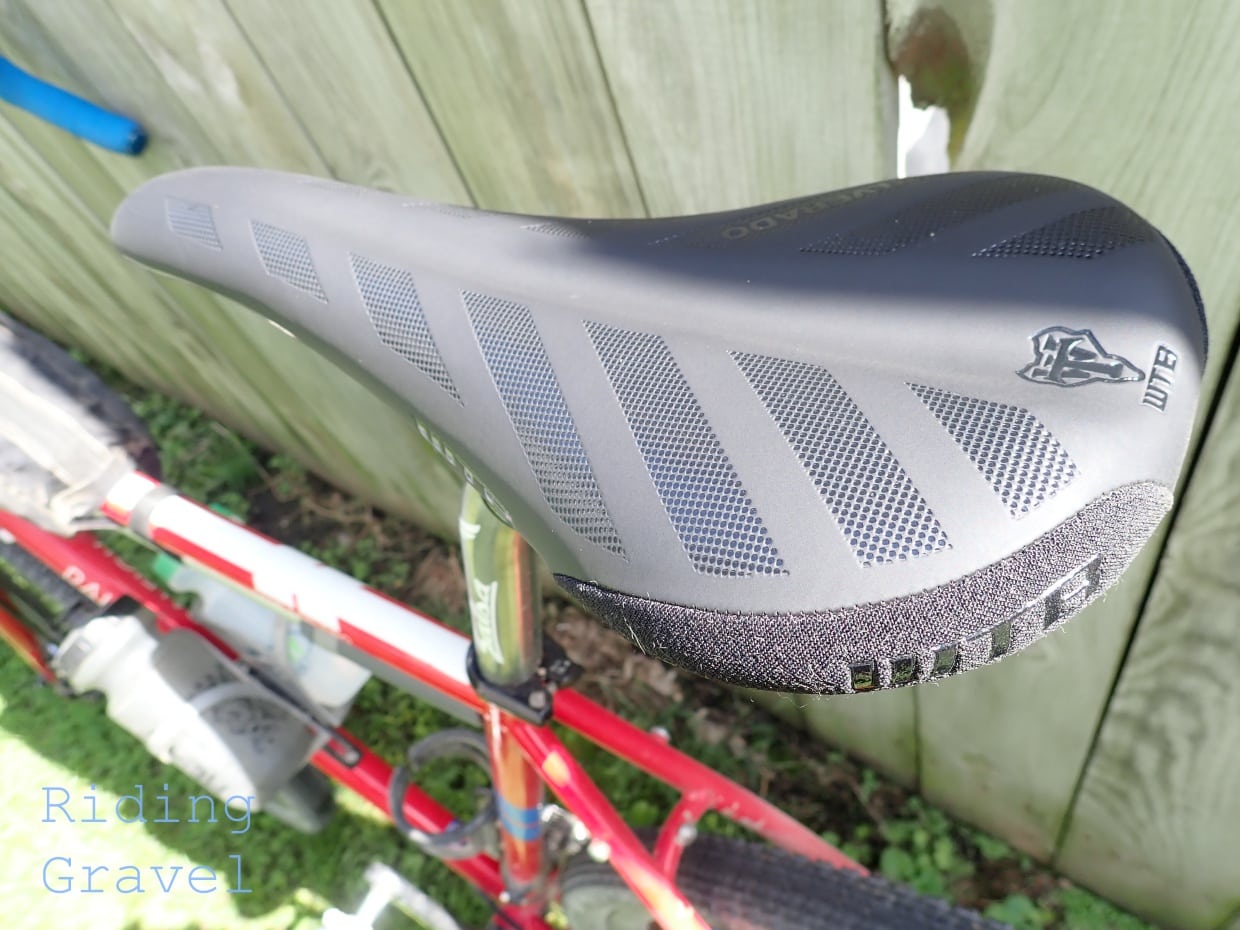

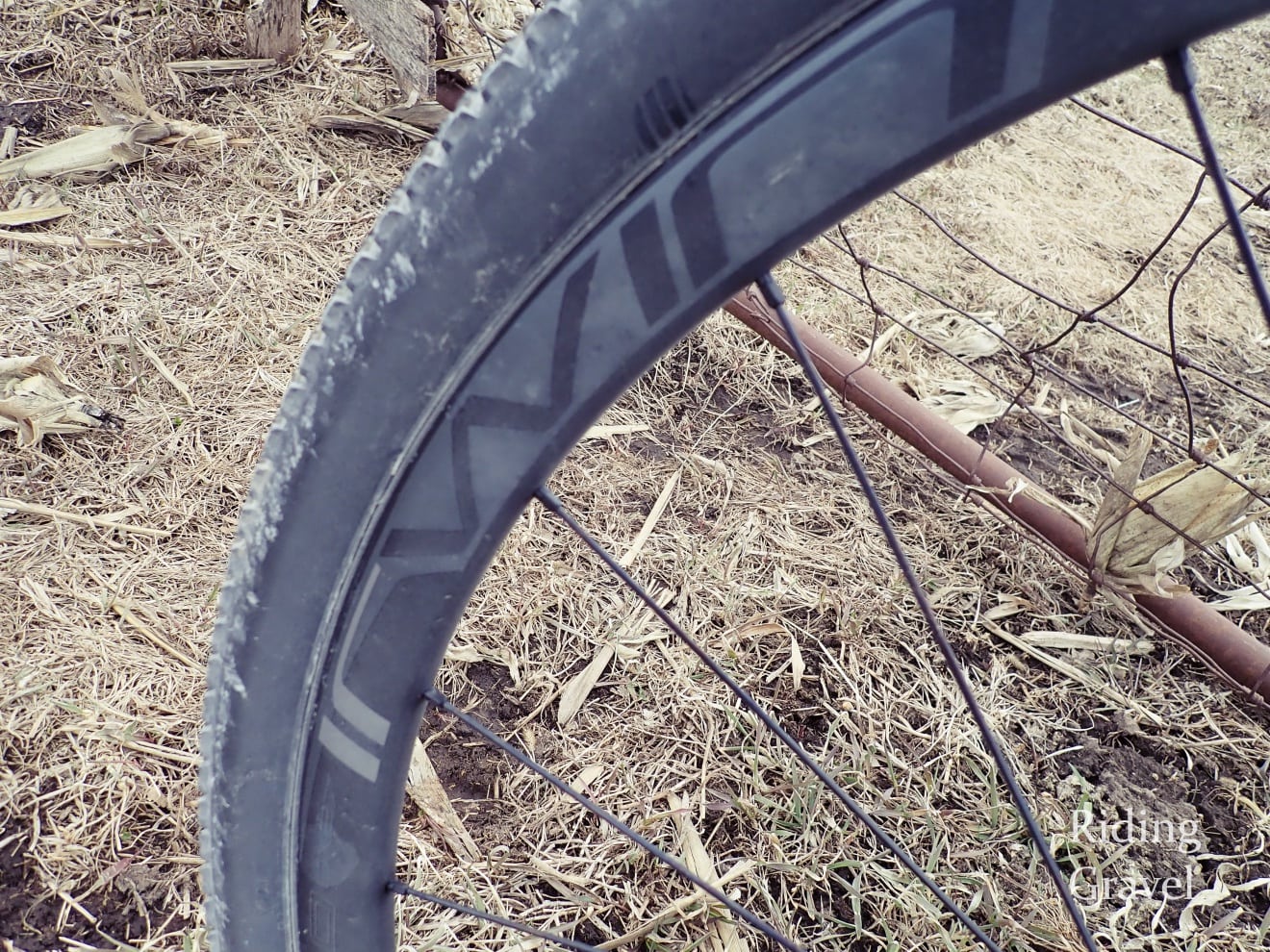
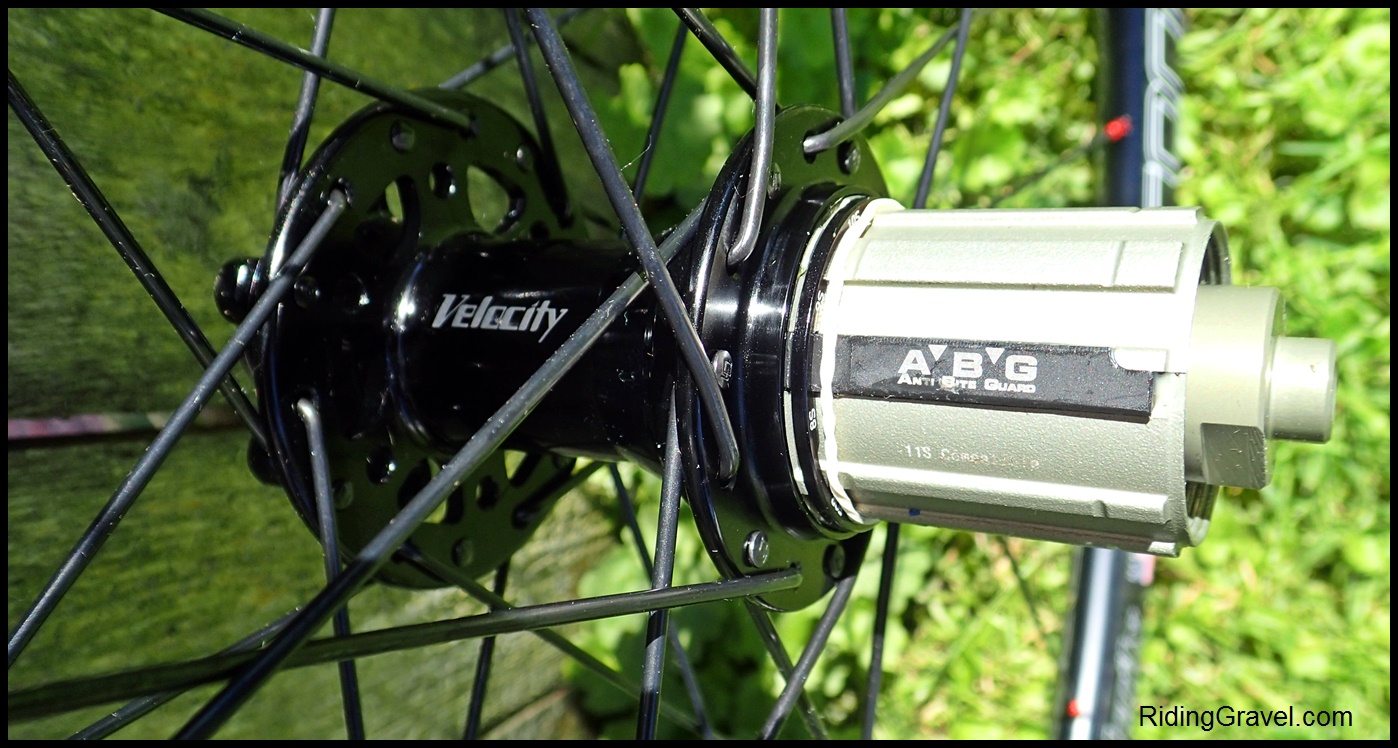
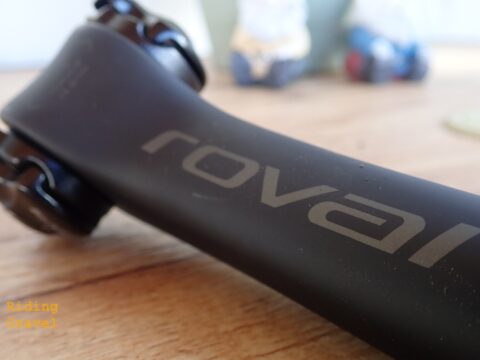
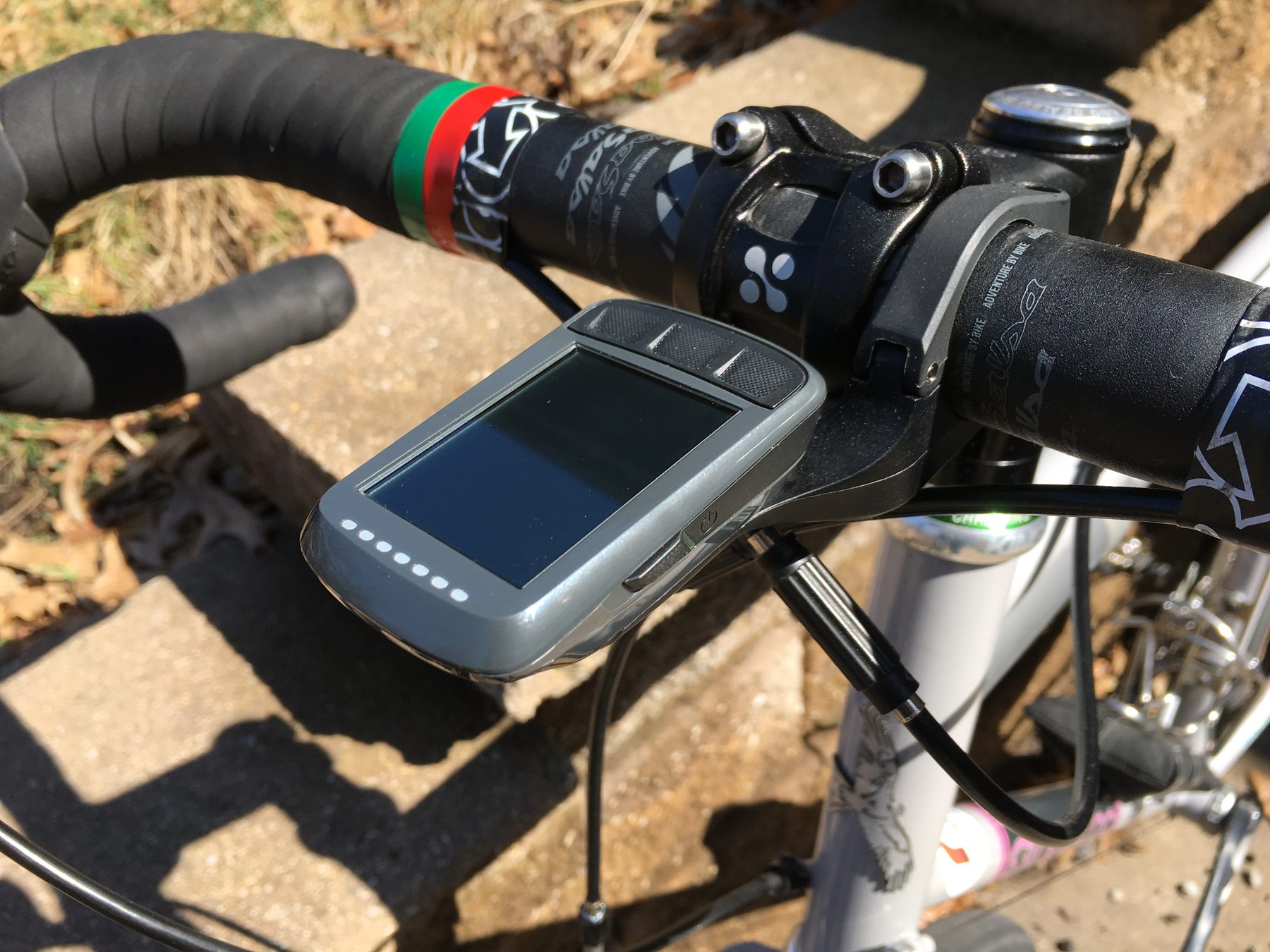

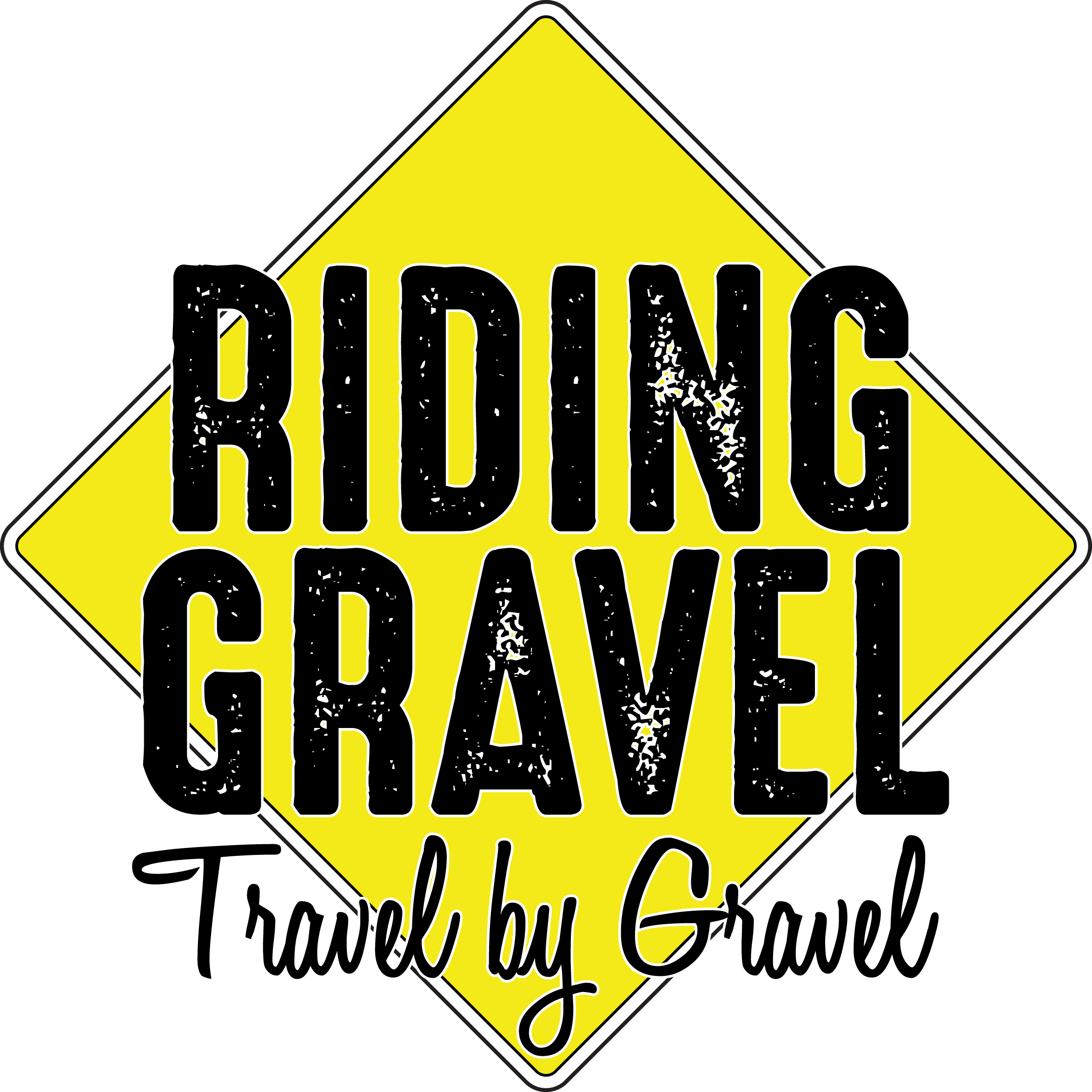

“a coordinated collection of accelerated protons”
It would be very impressive if these inexpensive lights did this, as proton accelerators cost many hundreds of millions of dollars and are found at only select NCI-designated Cancer Centers. :- )
Yeah. But it sounds cool
Maybe it’s just me, but 1000 lumens seems like just the entry level for “go fast” lights. I have a Gloworm XSV, which is 3400 high, 2200 medium and 1000 low (more or less). The medium setting is excellent for fast riding, with the high used only for downhills, and the low used for climbs to save power. I get 3-4 hours from this, without trying excessively to save power. The 1000 just seems kind of dim for really dark gravel. YMMV, I guess.
@Andrew – The key here is just what you said- “YMMV”. Absolutely correct. Not everyone has the same conditions, needs, or even the eyes you were born with, which, is probably the biggest unsaid thing here. You have to have the human connection with light be a part of this maybe more than anything else we talk about on the site.
Example- The lights you like would be totally unusable here on my local roads. Our gravel is white-ish/beige colored crushed limestone and that powerful a light would simply wash out any detail which is critical for ‘finding the good line’ here. At least for many of the people I know around here. Typically I would only want about 800 Lumens maximum, even for high speed down hills, and again- that depends on ‘how’ the light is projected. Big washy pattern or straight beam? Big cut-off on top or a lot of wasted light beaming upward into the night? See what I mean?
And while here in the US, such a bright light as you have there is not illegal, it is pretty much going to blind any traffic you come across, unless you switch to low (1000), as you have stated your light has. For those in the EU, I think that bright of a light is pretty much a no-go from a legal standpoint.
So, yes- “it depends”, or as you say, “YMMV”.
Hmm. I don’t know. I’ve ridden with plenty of other people with similar lights. And I’ve had people say “ that’s a nice light” rather than “turn that thing down”. SE MN. I point it out for a nice long throw, while just illuminating my tire a bit.
I would love to build my own light. Any guides or references you would recommend? Maybe even a DIY article?
Not really. It’s been ages since I did that but I think I used to hang out on the MTBR forum for DIY lights.
Its photons not protons, like photon torpedos, but I like the sound of the way you wrote it. Some may think the lower power modes are worthless, but I use those when changing a flat or looking for something in a bag, for those off-the-bike uses high is too high. Additionally almost all light mounts assume a handlebar mount, but after commuting with a RSW or Moulton a lower light placement helps see irregularities in the surface in front of you. It is also farther forward so glare off the light edges doesn’t hit your eyes as much. Fork mounting a light puts the beam 90 degrees from the designed angle without a add-on fake handlebar bolt-on.